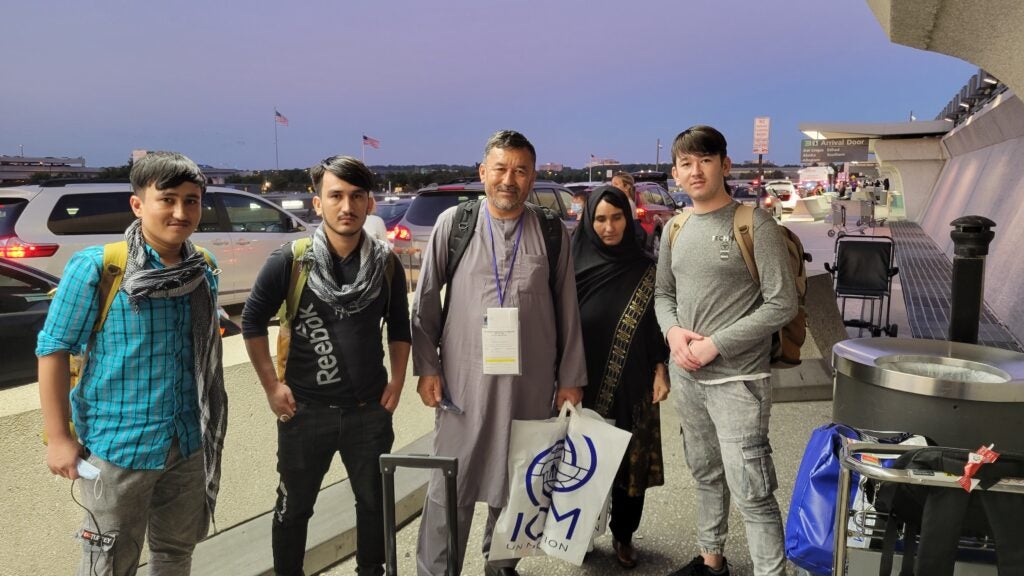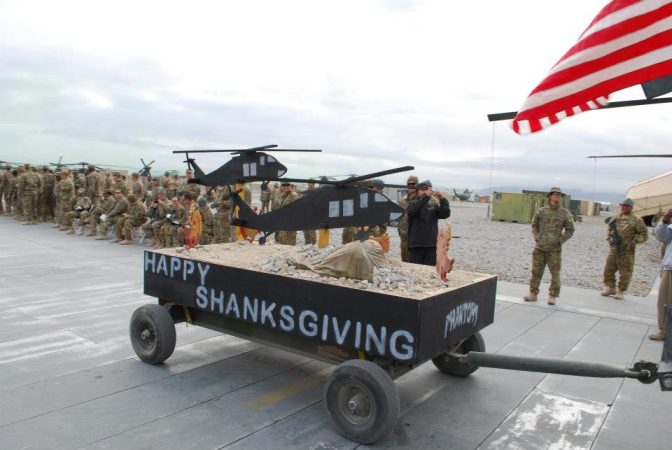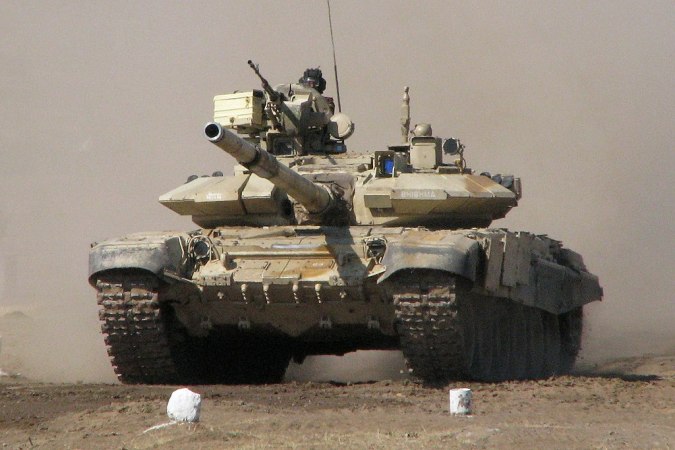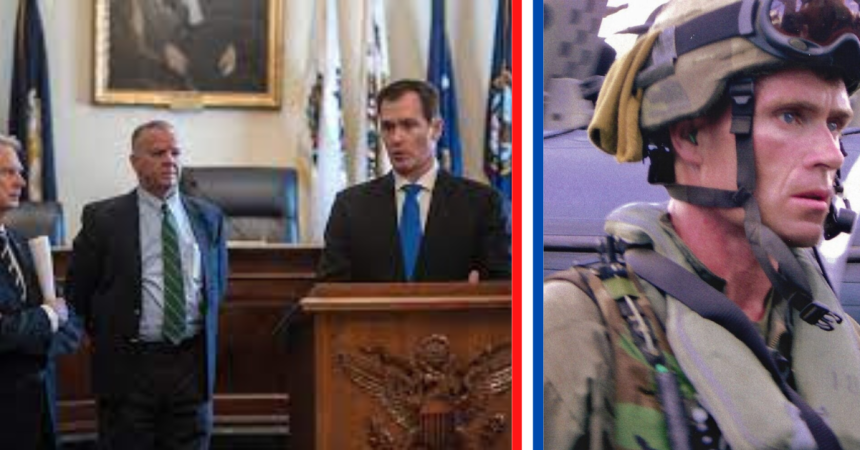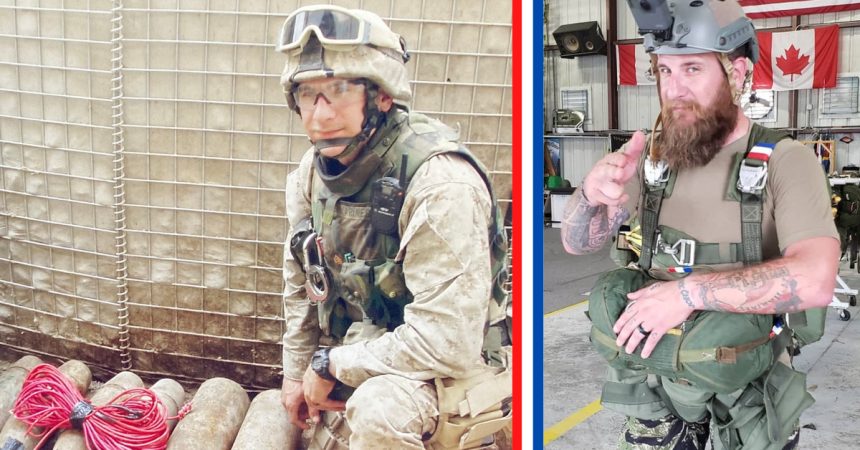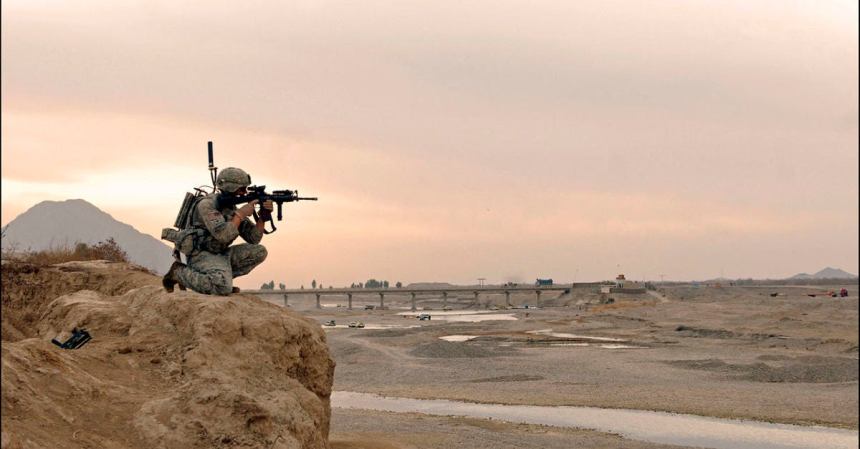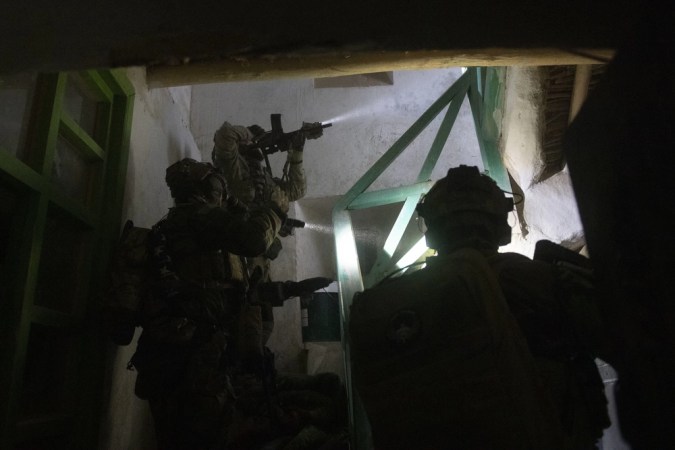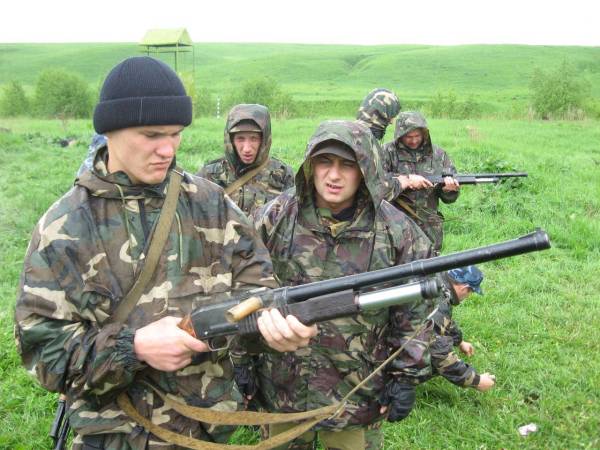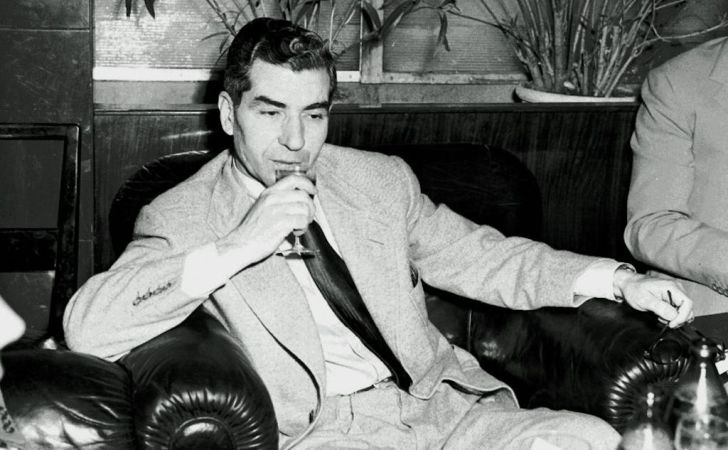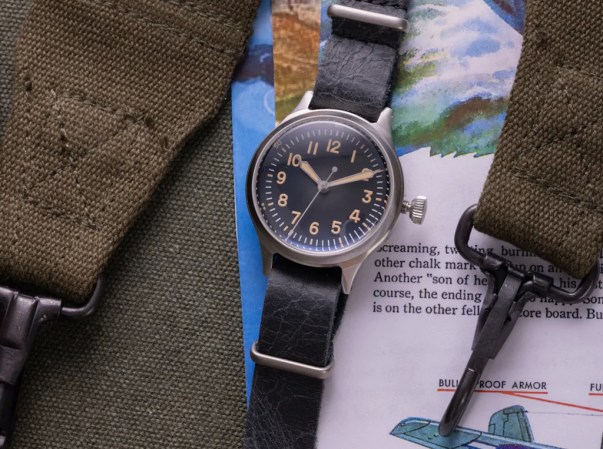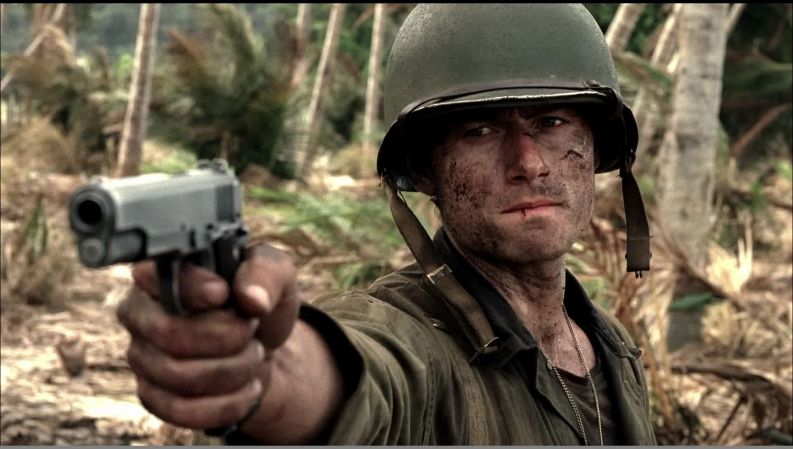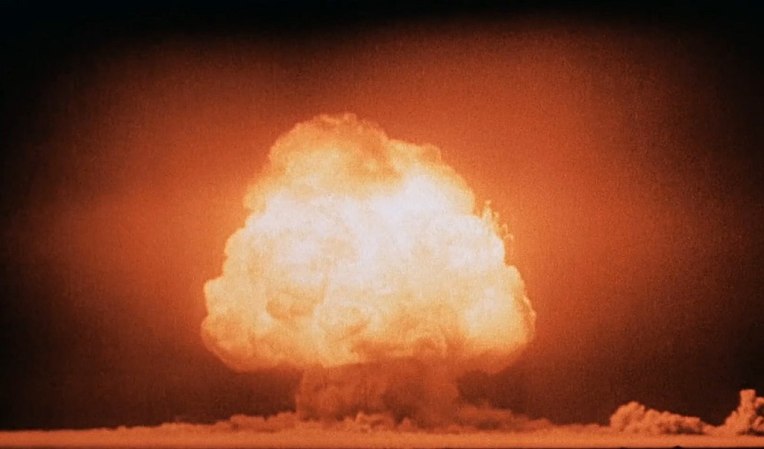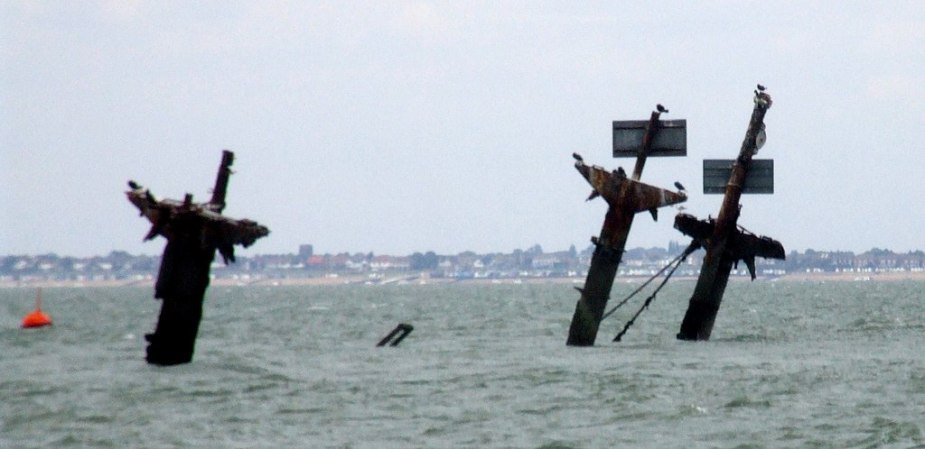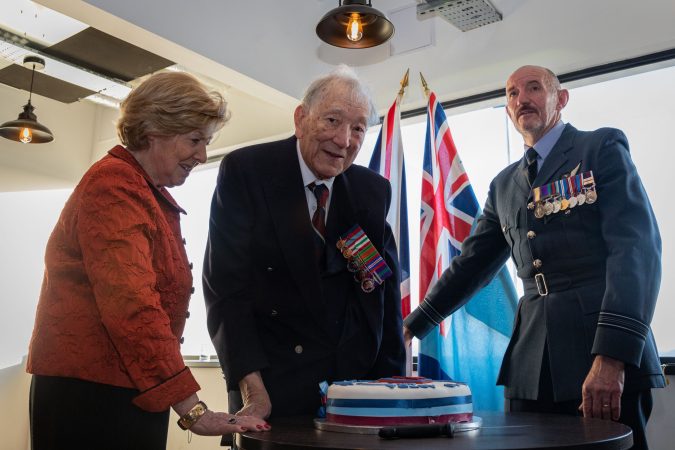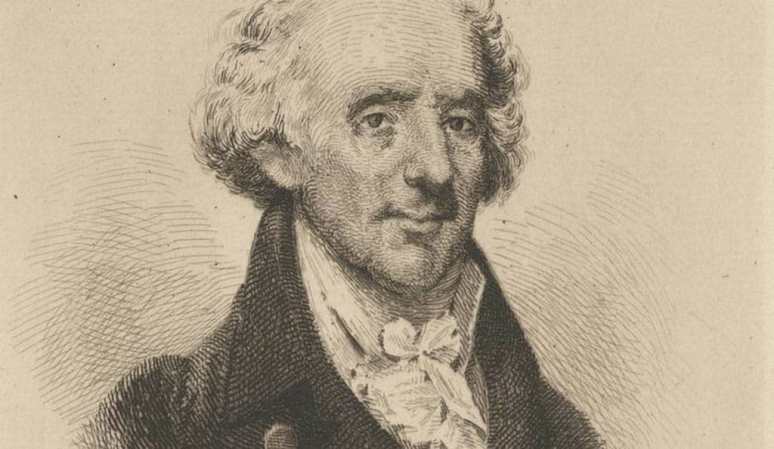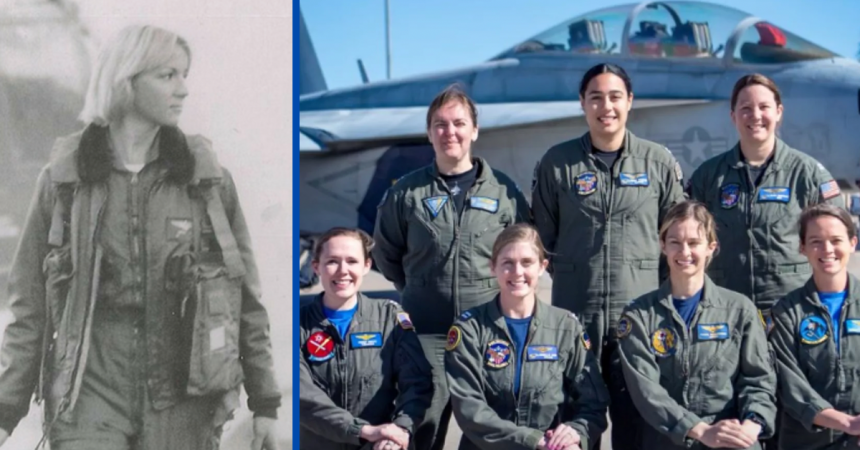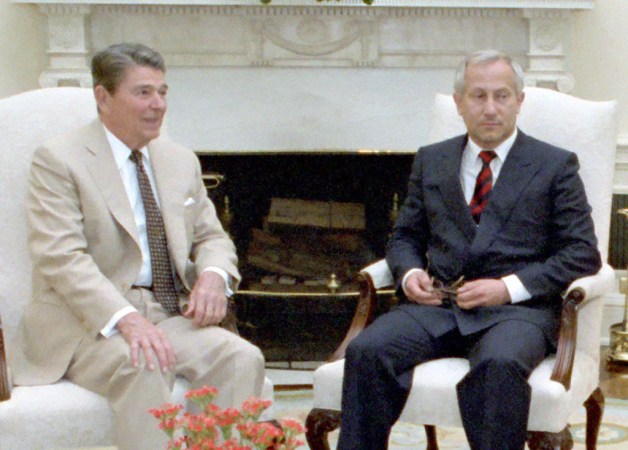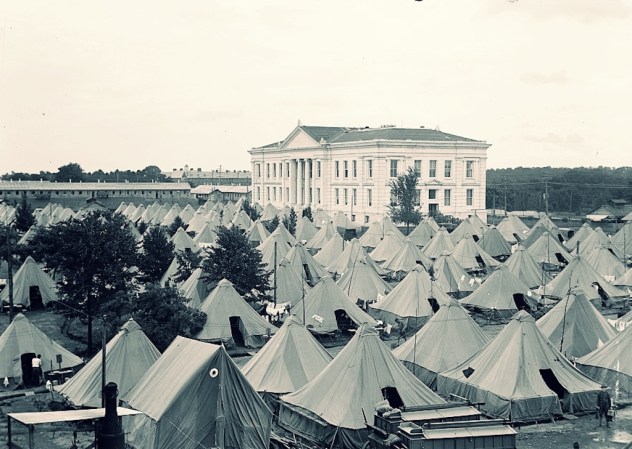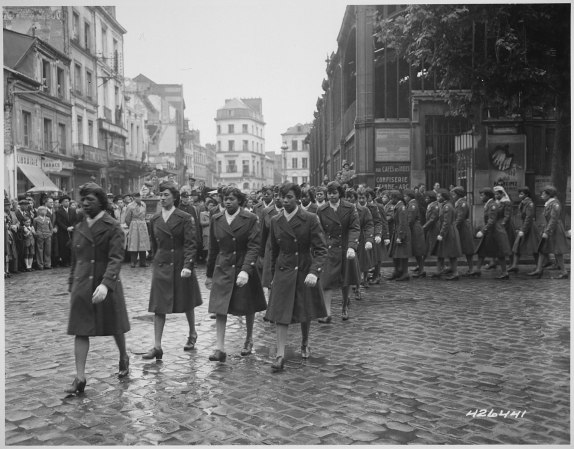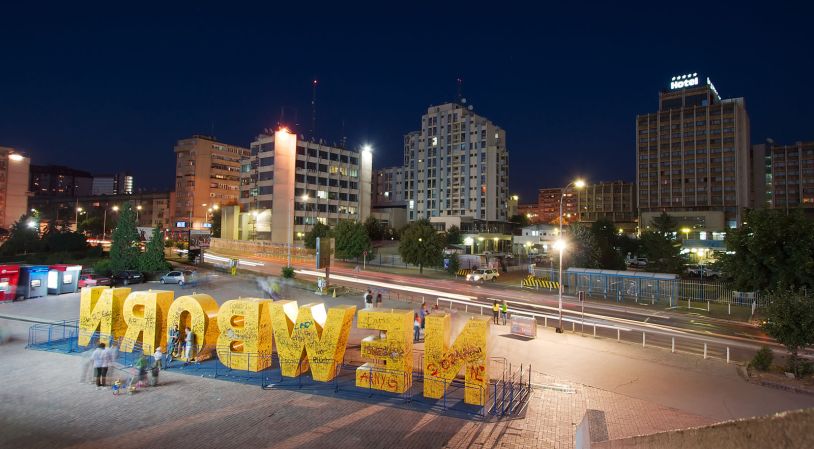The 1208 Foundation is led by Thomas Kasza, an Army Special Forces Sergeant First Class who is a veteran of both Afghanistan and Iraq with over 13 years of service. Kasza serves as the Executive Director and is one of the founders of the organization. The 1208 Foundation is operated by Green Berets and Explosive Ordnance Disposal (EOD) professionals, who provide life-saving assistance and advocacy for the expedited immigration of Afghan citizens who put their lives on the line for America’s Special Forces. It is the 1208’s mission to ensure that America honors its promise by ensuring the survivors of the National Mine Reduction Group (NMRG) find safety. Many members of the organization sat down with WATM for interviews about their inspiration for starting the organization and their continued work to bring people to safety that served alongside them in combat.
Here are the stories of the 1208 Foundation

Thomas Kasza
During our sit-down interview, Kasza shared many insights into why he founded the 1208 Foundation. “First and foremost, that our guys were still in Afghanistan. Literally our guys, they worked exclusively for Special Forces…There is no debate who they worked for, us and us alone.” He continued with, “…Special Forces missions are inherently the most dangerous jobs in Afghanistan…There is a moral imperative to do right by these guys. These guys have put a tremendous amount on themselves on our behalf.” It is the right thing to do, especially with them being Special Forces affiliated, they were not very publicized and were without advocates.

The best people to advocate for them are fellow Special Forces soldiers and EOD techs. The SF motto, De Oppresso Libre, or “to free the oppressed,” is another driving factor for the 1208 team. Kasza shared, “What better way to live up to the motto than to free the oppressed.” After his transition from the teams in August 2021, he immediately went to work supporting the evacuation of his comrades from Afghanistan that same month. Although no longer on active service, he has done more “De Oppresso Libre” in the last 16 months than he has done on active duty.

The 1208 Foundation wants to work itself out of a job. They want to honor the promise, hold up their end of the bargain and ensure all of their guys have a viable livelihood ahead of them, without Taliban oppression. Kasza stated, “We want to give them all the opportunity to chart their own course in the future.” The affiliation of their mission with the documentary Retrograde, about the withdrawal from Afghanistan, has been highly beneficial. They want to highlight the moral injury that has happened on both the American and Afghan sides.
There has been a lot of trauma through the war and even more so with those that have lived under the Taliban for the last year. He stated, “Looking at this from a Vietnam perspective, this is a Montagnard 2.0 situation.” The Montagnards are people of the central highlands of Vietnam who are an ethnic minority, which was persecuted by the ethnic majority in Vietnam, especially for their support of the US forces in their fight against North Vietnam. A fair number of the Afghans who partnered with the SF, likely a third, are persecuted for being Shiite Muslims living in a radicalized Sunni society. He stated, “There are some very pronounced parallels with the Montagnards back in Vietnam,” and, “We just want to get our guys out.” The mission is simple, but the process is not.

Matt Chaney
WATM’s next interview was with Matt Chaney, Special Forces Lieutenant Colonel and West Point graduate in 2001, a couple of months before 9/11. He started out as an engineer and deep sea diver in the Army. He went to Assessment and Selection in 2005 and ended up in the 10th Special Forces Group at Fort Carson. Chaney then served on a dive team and went to Iraq. He did a few more rotations in Iraq as well.

Upon his return he reset and the 10th SF Group began to focus more on Africa for deployments. He took part in the counter-ISIS fight in Syria and Iraq in 2016. In 2017, his unit deployed to Eastern Europe working on the Ukraine/Baltics problem set as a battalion commander. His battalion then deployed into Afghanistan on a final rotation in 2021 to close things down in country. Overall, Chaney deployed on five combat and four more operational, so nine in total.

Upon his and his unit’s return to Afghanistan in 2021, the mission was ambiguous as to whether we were re-entering combat or drawing down. With such nebulous goals, they started re-establishing relationships in the potential go-ahead of partnered operations. He was partnered with the new Afghan Special Operations Commander, a new general put in place. He and his teams had close bonds with the Afghans, especially based on his peers’ prior relationships.
Chaney describes the situation as, “Tense, emotionally challenging and…with the Afghans that were with us, we were developing really close bonds rapidly through that period and trying to posture them as best we can should we have to leave.” His team had to tell the Afghans personally that the US was leaving. The film Retrograde showed that relationships being made over the past two decades being severed. Chaney describes the breaking of the close relationship as, “extremely difficult.” He saw firsthand the “fear in their eyes,” of what may happen if the US does leave. There was “desperation” in communication as well and there was a lot of asking for help. The combat forces, including his unit, were pulled out in June 2021.

As the country further slid into turmoil in the summer of 2021, he stated, “…all that communication is coming to us. Help us. How are we going to get out of here? And then of course as the country collapses that increases exponentially.” He kept his Afghan cell phone because he anticipated this happening to the situation. The mission didn’t end for Chaney or his peers upon the withdrawal. He describes the rescue situation as, “something that he just couldn’t turn down.” He and his peers decided to step in to help their partners and families escape from Afghanistan. Nonprofits (501cs) were set up overnight to help out. The 1208 Foundation was set up to get people out and to “honor the promise” to support the Afghan partners.

Chaney mentioned the difficulties because of bureaucratic challenges that exist when immigrating to the US for Afghans because of minor discrepancies. He has had two of his visa requests turned back by the State Department for oversights and/or a lack of attention to detail by the department. He provided the requested information to them for the Afghans and both were returned by the State Department as denied because they were not in the department’s format, even though the information was included, or they were not even read entirely and just denied. Chaney stated, “We’re losing people on a semi-regular basis over there. Or they are getting arrested, beaten or disappeared. We don’t what happened to them. Those delays in the processing of this paper, that may seem like paperwork to somebody, [but it] is a family on the other end of it.” The 1208 Foundation is trying to shelter those people, feed them and hide them until they can get legally approved in our country.

Chaney emphasizes that potential donors should understand that every donation helps and is going for the greater good. He shared, “We have 300 people that supported Special Forces, SEALs and Special Operations for a couple of decades. That cleared bombs in front of us. That have a legal pathway to the United States. You absolutely can have a huge effect. You can feed a family for $100 a month and you can shelter them for another $100 a month. A family of five, six, seven, [or] eight people and we can keep them alive for the months needed until we get them out. But they absolutely have a way out. We are going to be able to show wins.” He knows it will take some time and to clear the State Department bureaucracy. The Afghans have been cleared (for security purposes) multiple times; they trained, slept and fought with the Special Forces. Chaney believes this rescue operation is being done in large part by veterans and their families to help those they personally worked with and that were promised a way out by the U.S. government.
Sam Scanlon

Sam Scanlon became involved with the organization because of his 2019-2020 deployment in which he served as the program manager for the NMRG. He worked closely with the NMRG for six months in country. He was invited into the 1208 Foundation by Thomas Kasza. Scanlon believes that Retrograde‘s release has furthered the public’s knowledge about the NMRG as well. Scanlon’s role at the 1208 Foundation is to tell the story of the NMRG, much of which is founded upon his deployment and in working with them in country.
Now he is getting accountability of NRMG people that are both stateside and overseas. He is tracking down everyone to find out their location, status, special immigration visa state and their green card situation to build a baseline understanding of the organization’s footprint. The organization is planning to add more personnel, as Scanlon is the only non-Green Beret, as he is EOD, in the program. The EOD’s relationships with the NMRG are especially close as the EOD techs trained the cadre.

The NMRG is eligible for a special immigration visa. There are currently 65 NRMG operators here stateside and there are an estimated 300 still overseas that they are working to bring here. Scanlon works with particular staffers and those on Capitol Hill to tell the story of the NMRG. American forces would usually do six or twelve-month deployments. Many members of the NMRG or partner forces were at war twelve months a year and did not get a break.
Scanlon stated, “You are at constant war…You don’t know if the Taliban tailed you, you don’t know if they are going to attack and then every time you leave to go back to work you don’t know that is the last time you are going to see your family.” In one instance the Taliban attacked the homes of the NMRG while they were away. He shared, “Imagine going to work every day and not knowing if you were ever going to see your family again.”

He believes that it is part of our moral and ethical duty to bring get these partners out of danger and here to the US. It is to America’s advantage to help these Afghans as we partner with forces around the globe and, “we need those countries to trust us.” Scanlon recalls comments from the high-ranking NMRG cadre when the announcement was made to withdraw U.S. forces, “…they were almost in tears. You guys can’t do this, the Taliban will take over….and our daughters will have no future.”
He also remembers when Kabul fell in August 2021. “I woke up to about 85 different messages from about 35 different people…starting at the first text…to the last one. I just remember the theme to those messages…’The Taliban is coming into the city, ANASOC is laying down their arms and ran away, the President has left, sir, why has America turned our back on us? Sir, where do we go? What do we do? America left. Sir, the Taliban are here there’s nothing we do.'” He watched the texts show how the situation deteriorated in six to eight hours. One of the NMRG cadre members and his family were killed in the bombing at the airport in Kabul during the evacuation. He describes the situation as “heartbreaking” and will be doing this nonprofit for the rest of his life. Scanlon regards the NMRG cadre as his “brothers.”

Dan
Dan joined the Army in the late 2000s and served with the 5th Special Forces Group and then transitioned to the Special Forces in the National Guard. He spent more time deployed in the National Guard than he did while on active duty in the SF. He has two deployments to Afghanistan in 2016 and 2019. He spent time in Afghanistan at different points including his deployments from 2016 to 2019 as well. His deployment in 2019 to western Afghanistan involved him getting close with the NMRG cadre and interpreters in country.
The NMRG averaged about 10 to 12 guys on every Special Forces team that were specifically recruited from tribes opposed to the Taliban. They were embedded heavily and polygraphed before joining the team. In many ways, Dan refers to them as them being their “bodyguards.” The NMRG swept the ground for patrols and rode with the teams too. He shared, “We would even walk in their footsteps and they would step on IEDs in front of us.” He also stated that if, “the Special Forces are the tip of the spear then these guys are the tip of the tip. They were walking in front of us.” The NMRG cadre was exposed to sniper fire first, suicide bombers and they dealt with the local populace.
The cadre was also aware that every Green Beret killed there meant the U.S. was one step closer to going home. The cadre was believers and was eligible for the SIV (Special Immigrant Visa) program, which opens the door for a fast-track Green Card, after working with the U.S. for one year. They were not in it to just come to America and they did it because they believed in what the U.S. was doing in Afghanistan.

On his most recent deployment, he lived in austere conditions with the NMRG and they were issued MREs to eat mostly the entire deployment. The Green Berets pooled their money and had the NMRG go into town to buy a bunch of food for them. The NMRG would then cook for the team and themselves, so they got freshly prepared food even under such difficult circumstances. They took showers with the bottles that were sent in and baby wipes were used for staying clean. One of the NMRGs saved Dan’s life while they were on patrol at night.
The NMRG was using older night vision goggles and saw some ground disturbance with them. The cadre member threw Dan to the ground and stopped him from moving forward. This startled Dan and the member pointed to Dan that he about walked into an IED. The NMRG was, in most ways, an American force as they were part of the Green Beret teams. A lot of cadres gave their lives in their service and work on the ground.

He received videos from cadre members about gunfire and fighting in country as the Taliban gained power in Afghanistan. Dan sent one cadre member $500 to pay for a flight to Kabul. The two developed lists of where the other cadre members were in country. Within two weeks the evacuation out of Kabul began and they further developed ways to communicate with people in Afghanistan. They were able to get a lot of guys out through the evacuation period. The airlift ended and there were still people inside.
Through the networking of the rescue missions, he found interesting and unusual people involved in donating funds to get people out such as housewives. You had to vet who you were working with a lot of the time. He joined the 1208 Foundation and was, “impressed with what Tom has done.” He shared, “We are a bunch of Green Berets, either in the National Guard, active duty or retired and we’ve become case workers for these guys. We’re not philanthropists, we’re warriors.” The 1208 Foundation is also working to help the transition of the cadre members and their families into the U.S. This includes finding work and affordable housing.

Dan further stated, “The Army values that they teach in basic training. Never leave a fallen comrade. No one left behind. How do you take someone that has been at the service of the US government at the tip of the spear and abandoned them there?” The NMRGs right now are poor, going hungry, abandoned and getting killed. Total betrayal. He stated, “It is a betrayal that is hard to fathom,” and, “It’s really hard for me to enjoy life right now…I feel guilty. I am out here in America. I know guys that are hidden in cold dark rooms in Afghanistan praying that the Taliban don’t knock on their door and pull them out in the street and kill them.”

Read more on WATM:


